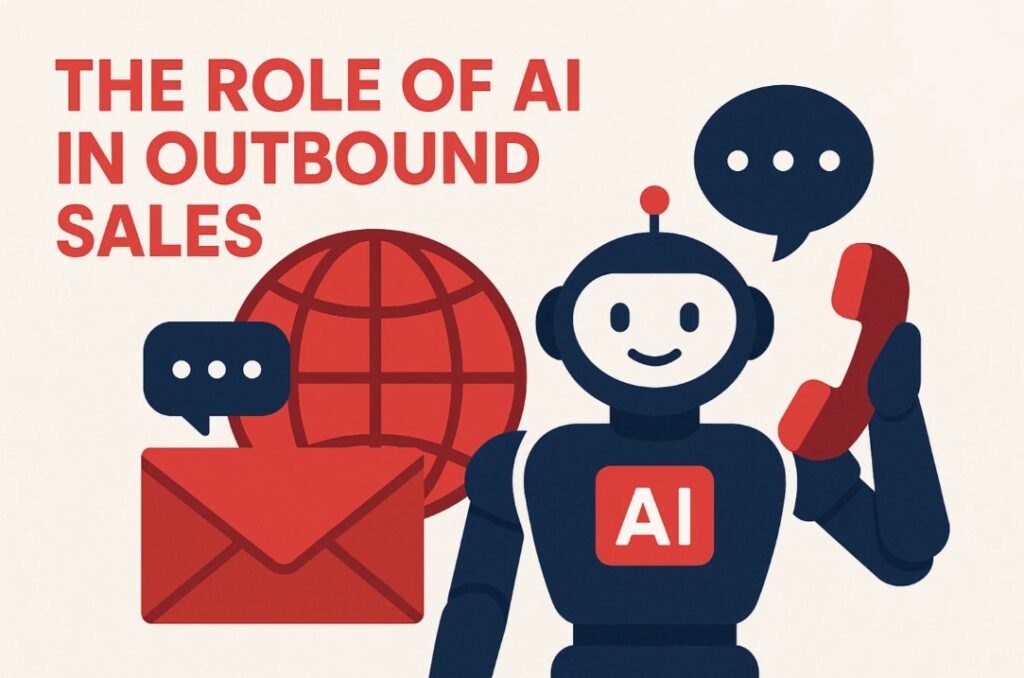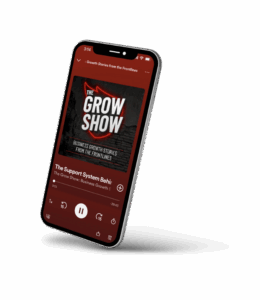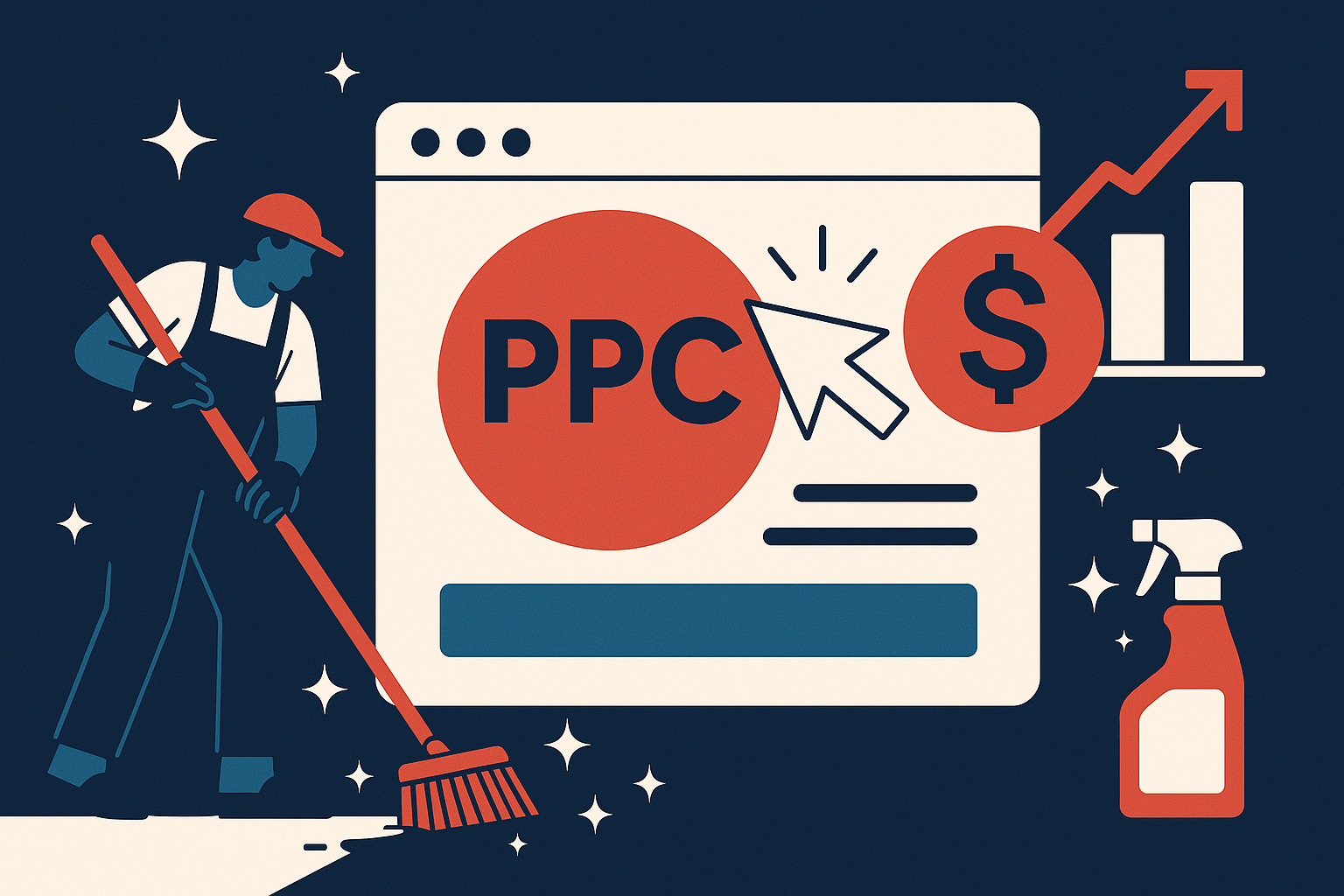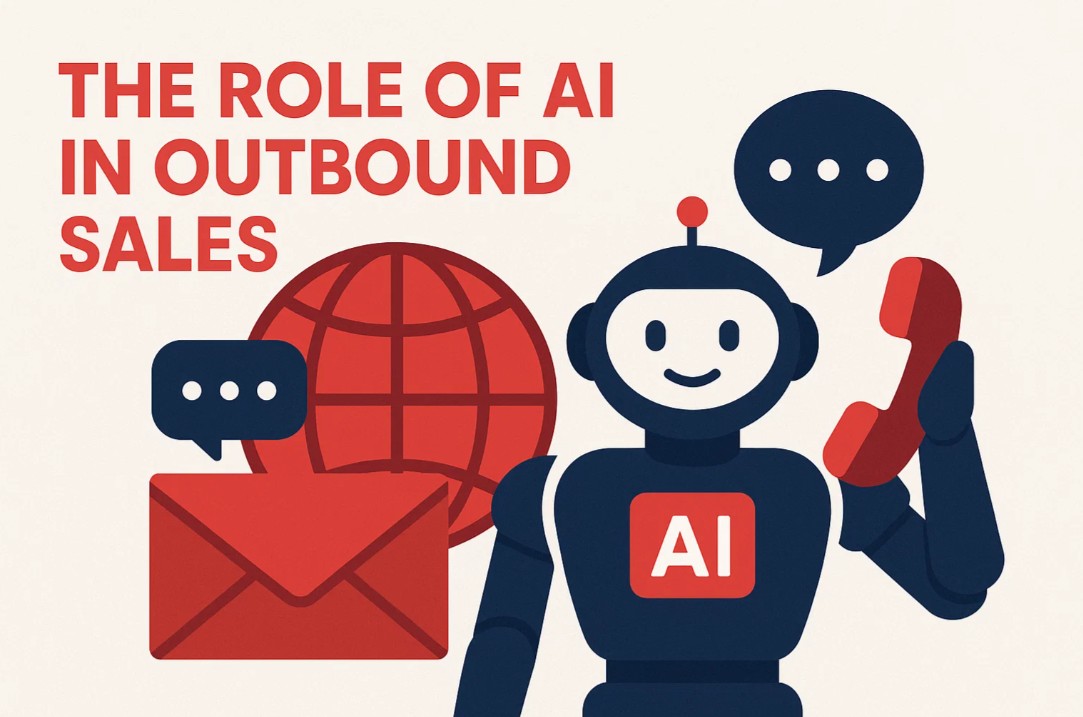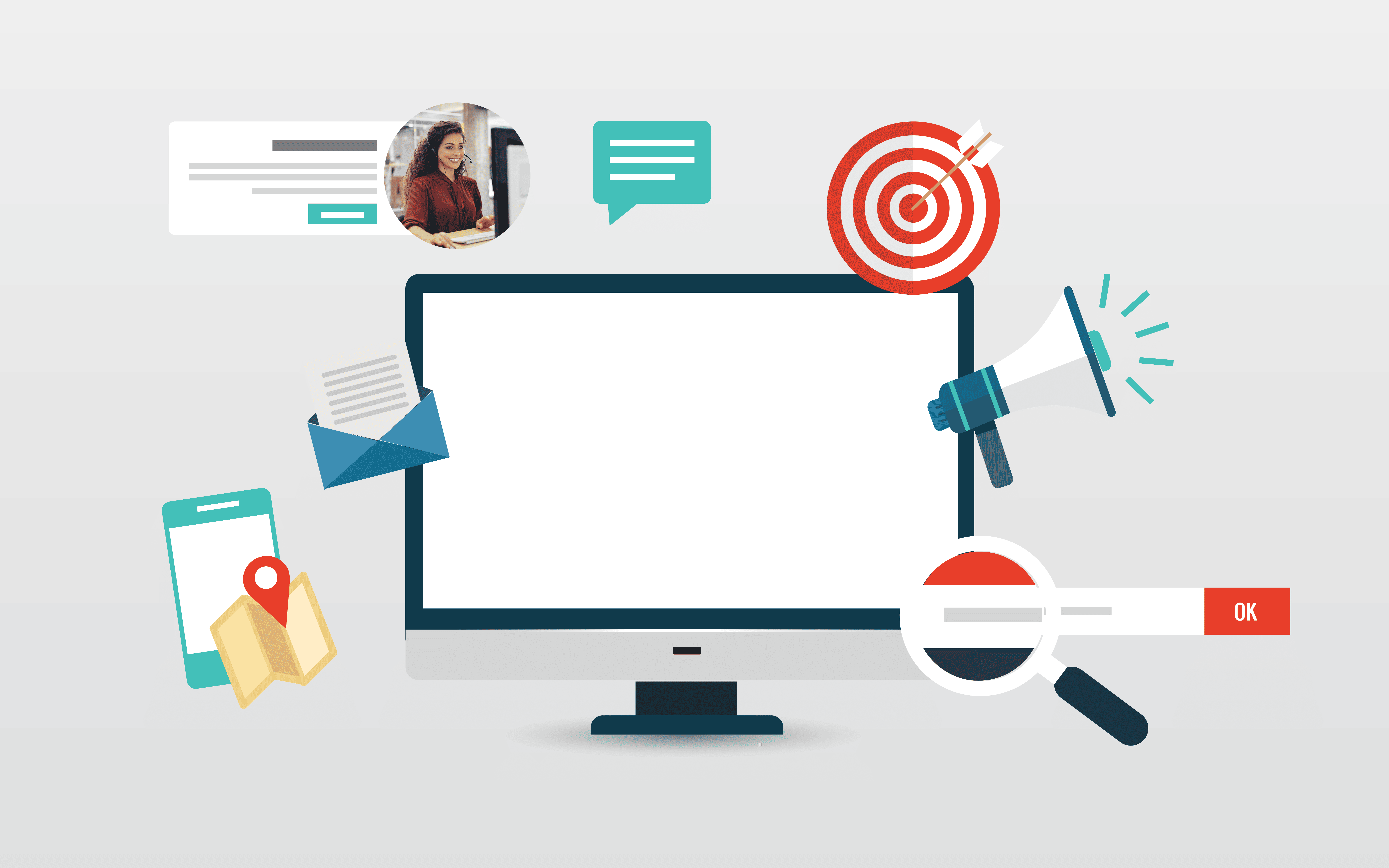In the highly competitive world of commercial cleaning, getting your services in front of the right decision-makers can feel like a constant uphill battle. Facility managers, property owners, and operations executives are inundated with choices. If your business isn’t showing up at the top of search results when they need a cleaning partner, you’re already losing leads.
That’s where commercial cleaning PPC services come in. Pay-per-click advertising, especially through Google Ads, gives your business a direct line to high-intent buyers searching for janitorial services, office disinfection, and other commercial cleaning solutions. But if your campaigns aren’t set up strategically, you’ll burn through your budget without seeing the leads- or the return- you expect.
This guide breaks down everything you need to know about commercial cleaning PPC services: how to structure your Google Ads campaigns, target the right audience, set realistic budgets, track key metrics, and ultimately maximize ROI.
Contents
- 1 Why PPC Works for Commercial Cleaning Businesses
- 2 Step 1: Laying the Foundation with Smart Campaign Structure
- 3 Step 2: Targeting Facility Managers and Decision-Makers
- 4 Step 3: Creating Click-Worthy Ad Copy
- 5 Step 4: Setting a Smart PPC Budget
- 6 Step 5: Tracking Key Metrics That Drive ROI
- 7 Step 6: Optimizing Landing Pages for Conversions
- 8 Step 7: Ongoing Optimization and A/B Testing
- 9 Step 8: Leveraging Competitor Analysis to Sharpen Your Strategy
- 10 Step 9: Understanding the Role of Quality Score
- 11 Step 10: Using Call-Only Ads for High-Intent Conversions
- 12 Step 11: Advanced Geo-Targeting Tactics
- 13 Step 12: Combining PPC with SEO for Long-Term Success
- 14 Step 13: Addressing Common PPC Pitfalls in Commercial Cleaning
- 15 Step 14: Industry-Specific Campaign Ideas
- 16 Step 15: Reporting That Tells a Story (Not Just Numbers)
- 17 Final Thoughts: PPC as a Scalable Growth Channel
Why PPC Works for Commercial Cleaning Businesses
PPC advertising is one of the most effective ways to generate immediate leads for commercial cleaning companies. Unlike SEO, which can take months to gain traction, PPC campaigns can start producing results within days of launch.
Here’s why PPC is a smart move:
- Intent-based targeting: You reach potential clients exactly when they’re searching for services.
- Geographic precision: Target specific service areas to focus your spend where you operate.
- Scalability: Adjust budgets and targeting based on performance and seasonality.
- Measurable ROI: Easily track performance down to the cost per lead and customer acquisition.
When implemented correctly, PPC can become a lead-generating machine for commercial cleaning businesses.
Step 1: Laying the Foundation with Smart Campaign Structure
Before launching your first ad, it’s essential to set up your Google Ads account with the right structure. A poorly organized campaign leads to inefficient spending and weak performance.
Recommended Campaign Types
- Search Campaigns
- Focus on keywords like “office cleaning services near me,” “janitorial company for schools,” or “commercial cleaning quotes.”
- Local Services Ads (LSAs)
- These are pay-per-lead ads that show above traditional search ads. They’re perfect for location-specific commercial cleaning businesses.
- Remarketing Campaigns
- Target users who visited your website but didn’t convert.
Account Structure Best Practices
- Separate campaigns by service type (e.g., office cleaning, floor waxing, COVID disinfection)
- Use tightly themed ad groups around keyword clusters
- Match ad copy to landing page content for high quality scores
Step 2: Targeting Facility Managers and Decision-Makers
Not every click is created equal. To maximize ROI, your commercial cleaning PPC services must focus on attracting high-value decision-makers.
Ideal Buyer Personas to Target
- Facility Managers in office buildings, schools, warehouses, and hospitals
- Operations Directors managing multiple locations
- Property Managers at commercial real estate firms
- HR Managers responsible for office health and safety
Keyword Targeting Tips
Use a mix of:
- Exact match for high-intent phrases like “commercial cleaning company in [city]”
- Phrase match for searches like “school janitorial services”
- Negative keywords to weed out irrelevant traffic (e.g., “residential,” “DIY,” “free”)
Consider layering on demographic and firmographic targeting using Google Ads’ audience insights. You can focus on industries more likely to outsource cleaning such as healthcare, manufacturing, and professional services.
Step 3: Creating Click-Worthy Ad Copy
Your ad copy is where your first impression is made. You’ve only got a few seconds to grab attention and compel action.
What Makes an Effective PPC Ad for Cleaning Services
- Headline clarity: Include the service and location (e.g., “Reliable Office Cleaning in Dallas”)
- Value props: Highlight what sets you apart (e.g., “24/7 Availability,” “OSHA Compliant,” “Free Disinfection Quote”)
- Strong CTA: Use action-oriented phrases like “Get a Fast Quote” or “Book a Free Walkthrough”
Include ad extensions to give users more options to engage:
- Call extensions
- Sitelinks to service pages
- Location extensions for physical addresses
Step 4: Setting a Smart PPC Budget
Many commercial cleaning companies are unsure how much to spend on PPC. While there’s no one-size-fits-all answer, benchmarks can help.
Budget Guidelines for Commercial Cleaning PPC
- Small markets (under 500K population): $1,000–$2,500/month
- Medium markets (500K–1M): $2,500–$5,000/month
- Large metro areas: $5,000–$10,000+/month
Keep in mind that the average cost-per-click (CPC) for cleaning-related terms ranges from $5 to $15. A $3,000 budget with a $10 CPC could yield around 300 clicks. If your landing page converts at 10%, that’s 30 leads per month.
Step 5: Tracking Key Metrics That Drive ROI
To know if your commercial cleaning PPC services are working, you need to track the right metrics.
Essential PPC KPIs
- Click-Through Rate (CTR): Are people engaging with your ads?
- Cost Per Click (CPC): How much are you paying for each visitor?
- Conversion Rate: Are your landing pages turning visitors into leads?
- Cost Per Lead (CPL): What’s your average spend to generate a lead?
- Lead Quality: Are the leads resulting in sales or just inquiries?
Use call tracking and form tracking tools to measure leads accurately. Integrate your Google Ads with Google Analytics 4 (GA4) to understand on-site behavior.
Step 6: Optimizing Landing Pages for Conversions
Sending PPC traffic to your homepage is a recipe for poor results. Instead, create landing pages tailored to each campaign.
High-Converting Landing Page Features
- Clear headline matching the ad
- Brief explanation of your service and value
- Trust signals (logos, testimonials, certifications)
- Strong call-to-action (“Request a Quote Today”)
- Simple lead form (name, email, phone, company)
Speed matters. A slow-loading page can tank your conversion rate. Make sure your site loads in under 3 seconds.
Step 7: Ongoing Optimization and A/B Testing
PPC is not a set-it-and-forget-it channel. Continuous optimization is what drives long-term ROI.
Tactics to Improve Performance
- Test new ad copy regularly
- Rotate in fresh landing pages
- Adjust bids based on top-performing zip codes
- Pause underperforming keywords
- Reallocate budget toward high-ROI campaigns
Review your campaign data weekly. Monthly strategy reviews are critical to keep performance aligned with your business goals.
Step 8: Leveraging Competitor Analysis to Sharpen Your Strategy
Understanding what your competitors are doing in the PPC space can provide a major edge. It reveals gaps you can exploit and helps you avoid wasting budget on saturated keywords.
How to Perform Competitor Research
Use tools like:
- SEMrush or SpyFu to analyze competitor ad copy, keywords, and estimated spend.
- Google Ads Auction Insights to compare your performance to others bidding on the same terms.
- Google Search itself. Type in your top service keywords and see who appears in the top paid results. Review their ad messaging, landing pages, and offers.
What to Look For
- Are competitors offering free walkthroughs, discounted first cleans, or faster response times?
- Are they using emotional appeals (e.g., “Protect your employees”) or strictly transactional messaging?
- What keywords are they consistently bidding on?
Use this intel to differentiate your messaging. If everyone is focused on “office cleaning quotes,” consider building campaigns around verticals like “medical facility cleaning” or “warehouse disinfection” where there’s less ad fatigue and more specific buyer intent.
Step 9: Understanding the Role of Quality Score
In Google Ads, Quality Score is a diagnostic tool that affects both your ad position and cost per click. Many commercial cleaning companies overlook it, but it can significantly influence your campaign ROI.
Components of Quality Score
- Expected Click-Through Rate (CTR): Based on how likely your ad is to be clicked compared to competitors.
- Ad Relevance: How closely your ad matches the keyword intent.
- Landing Page Experience: Page speed, content relevance, and ease of use.
Why It Matters
Google rewards high-quality campaigns with better placement and lower costs. Improving your Quality Score from a 5 to an 8 can decrease your CPC by up to 30% while improving lead volume.
To boost your Quality Score:
- Write ads that tightly match your keyword themes.
- Send users to dedicated landing pages- not your homepage.
- Continuously test and refine your ad copy and page content.
Step 10: Using Call-Only Ads for High-Intent Conversions
For commercial cleaning services, phone calls often convert faster and more effectively than form submissions. Call-only ads are designed to capitalize on this by eliminating the middle step.
What Are Call-Only Ads?
These are mobile-only ads that allow users to call your business directly by clicking the ad. They bypass the landing page and go straight to a conversation with your sales or scheduling team.
When to Use Call-Only Ads
- During business hours when someone can reliably answer
- For urgent services like emergency cleanup or biohazard disinfection
- In smaller markets where personal engagement can close the deal faster
Make sure your call handlers are trained to qualify leads, capture key information, and set appointments on the spot. Also, integrate call tracking software to attribute conversions back to the right campaign.
Step 11: Advanced Geo-Targeting Tactics
Basic geo-targeting- like focusing on your service city- is a good start. But to maximize your PPC ROI, you should explore advanced location strategies that narrow your focus and stretch your budget.
Geo-Targeting Best Practices
- Radius targeting: Target within a 15–30-mile radius of your office or high-conversion zip codes.
- Zip code segmentation: Bid more aggressively on high-value areas (e.g., corporate office parks, industrial zones).
- Location-specific ad copy: Use headlines like “Denver’s Most Trusted Janitorial Company” to increase local trust.
If you serve multiple regions, set up separate campaigns by city or county to tailor messaging and budget more precisely.
Step 12: Combining PPC with SEO for Long-Term Success
While PPC brings immediate visibility, SEO builds long-term authority and trust. The smartest commercial cleaning companies use both strategies together.
How PPC Supports SEO
- Keyword discovery: PPC helps you test which keywords convert before building content around them.
- Increased SERP real estate: Showing up in both ads and organic listings boosts credibility.
- Improved landing page insights: PPC traffic gives you real-time data on what users respond to- valuable when optimizing content for SEO.
Conversely, strong SEO reduces reliance on paid ads over time, giving you a more balanced and sustainable lead generation strategy.
Use insights from your PPC campaigns to prioritize blog posts, service pages, and SEO landing pages around the most profitable keywords.
Step 13: Addressing Common PPC Pitfalls in Commercial Cleaning
No matter how experienced you are, PPC mistakes can burn through your budget. Here are the most common pitfalls and how to avoid them.
1. Sending Traffic to a Generic Homepage
Your homepage tries to do too much at once. For PPC, each campaign should drive traffic to a dedicated, conversion-optimized landing page that matches the ad’s promise.
2. Ignoring Mobile Experience
More than 60% of PPC traffic comes from mobile devices. If your forms are hard to fill out or your phone number isn’t clickable, you’ll lose leads.
3. Not Using Negative Keywords
Failing to exclude irrelevant searches (like “house cleaning” or “part-time janitor jobs”) leads to wasted spend and poor lead quality.
4. Underestimating Seasonality
Commercial cleaning demand can fluctuate during the year. Schools may search heavily in August, while flu season spikes demand for disinfection. Adjust your ad spend and messaging accordingly.
Step 14: Industry-Specific Campaign Ideas
Want to move beyond generic “office cleaning” terms? Build campaigns tailored to specific industries. These typically have higher ROI because of less competition and more defined needs.
High-Performing Niches
- Healthcare facilities: Emphasize compliance with CDC and OSHA guidelines.
- Industrial warehouses: Promote experience with heavy-duty cleaning and equipment-safe practices.
- Educational institutions: Highlight background checks, child-safe products, and after-hours availability.
- Multi-tenant office buildings: Focus on tenant satisfaction, quick response times, and flexible contracts.
Each of these verticals responds to different pain points. Craft ad copy and landing pages that speak directly to their concerns.
Step 15: Reporting That Tells a Story (Not Just Numbers)
PPC data can be overwhelming-especially for business owners juggling multiple priorities. Make sure your reporting connects performance to real business outcomes.
What to Include in Your PPC Reports
- Leads by campaign and keyword
- Cost per lead over time
- Top-performing ads and landing pages
- Conversion rates by device and location
- Recommendations for scaling or adjusting strategy
Use visuals like charts and graphs to communicate trends at a glance. If you’re working with a PPC partner, hold monthly reviews to align ad performance with sales outcomes.
Final Thoughts: PPC as a Scalable Growth Channel
Commercial cleaning companies often struggle to create consistent lead flow. Referrals and word of mouth can’t be relied on for predictable growth- especially if you’re trying to scale into new markets.
That’s what makes commercial cleaning PPC services so powerful. When executed correctly, they give you full control over when, where, and how you attract qualified leads. More importantly, they give you the data to refine and improve results over time.
From smart campaign structures and keyword targeting to budget planning and conversion optimization, every element plays a role in your overall ROI. If you’re ready to stop guessing and start scaling, PPC is the lever that can make it happen.

Madison Hendrix
Madison has worked in SEO and content writing at Abstrakt for over 5 years and has become a certified lead generation expert through her hours upon hours of research to identify the best possible strategies for companies to grow within our niche industry target audiences. An early adopter of AIO (A.I. Optimization) with many organic search accolades - she brings a unique level of expertise to Abstrakt providing helpful info to all of our core audiences.
- Madison Hendrix#molongui-disabled-link
- Madison Hendrix#molongui-disabled-link
- Madison Hendrix#molongui-disabled-link
- Madison Hendrix#molongui-disabled-link
